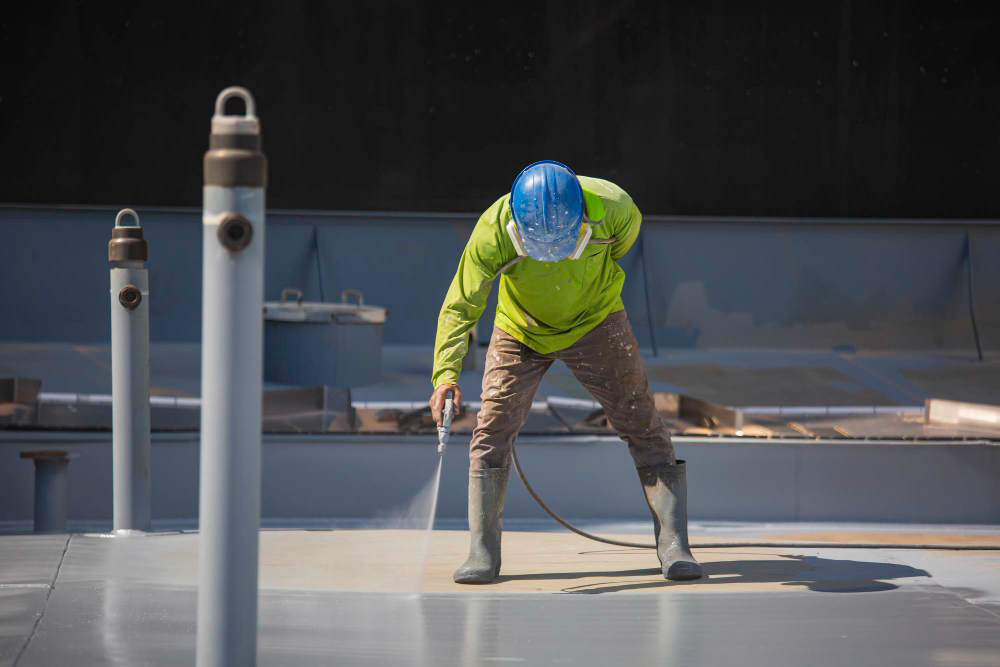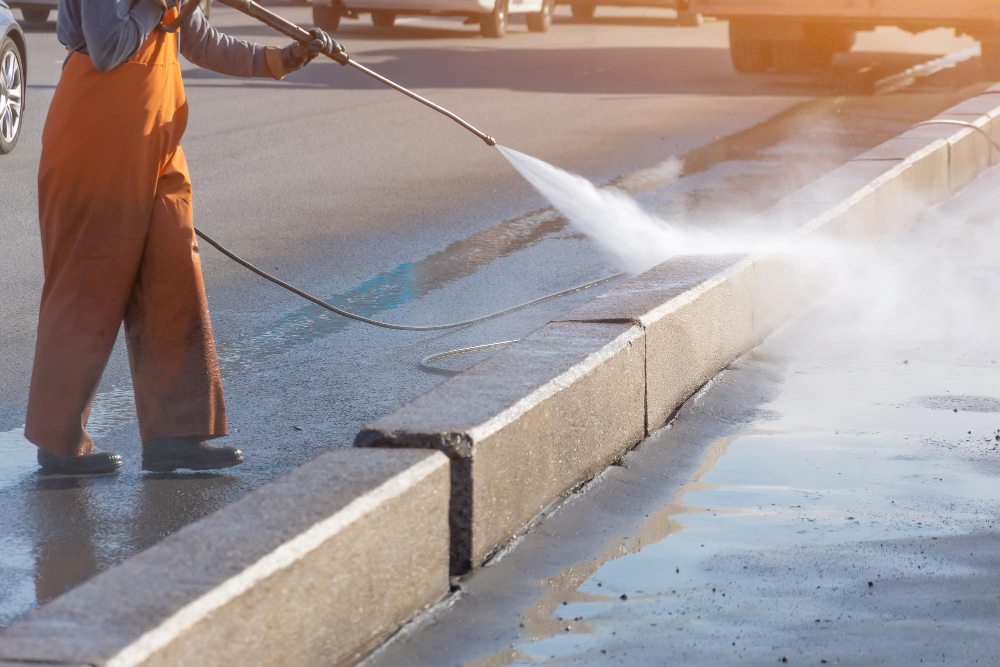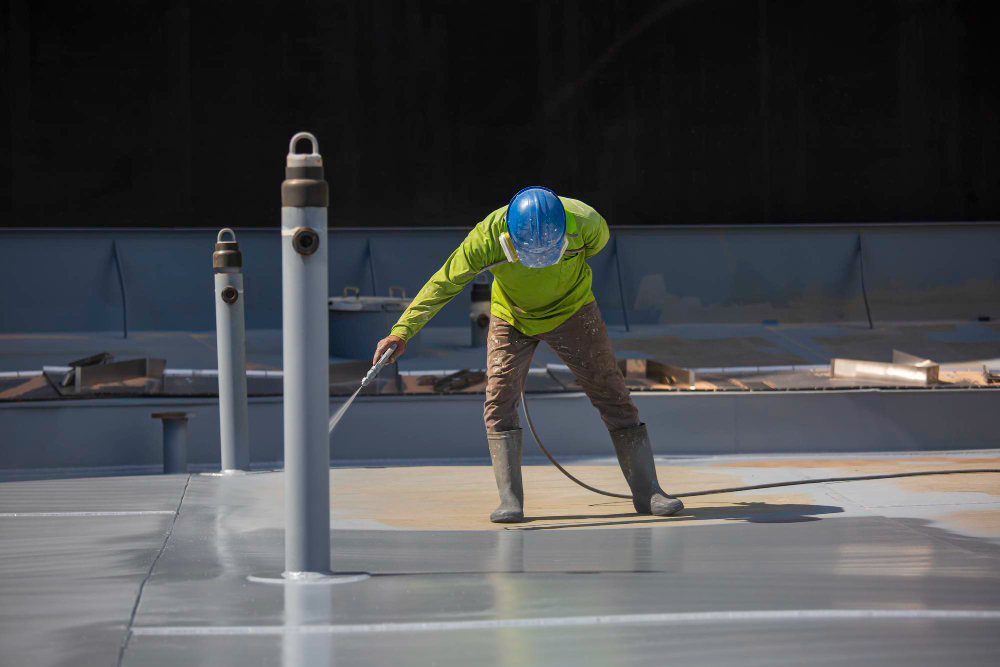

In the world of commercial and residential roofing, there are various options available, each with its own set of advantages and disadvantages. One roofing method that has gained popularity in recent years is fluid-applied roofing. This innovative technique offers a seamless, durable, and cost-effective solution for both new construction and roof restoration projects. In this blog post, we will explore the benefits and applications of fluid-applied roofing systems.
1. Understanding Fluid-Applied Roofing: Fluid-applied roofing is a method that involves the application of liquid materials directly onto the roof surface, forming a monolithic and protective membrane. These liquid materials typically consist of a combination of polymers, resins, and reinforcing additives. The application can be done using a brush, roller, or spray equipment, allowing for easy and efficient installation.
2. Seamless and Waterproof Protection: One of the key advantages of fluid-applied roofing is the creation of a seamless and watertight membrane. Unlike traditional roofing systems that rely on seams and joints, fluid-applied roofing forms a continuous layer that eliminates the risk of leaks and water infiltration. This seamless protection is especially beneficial for roofs with complex designs, multiple penetrations, or irregular shapes.
3. Enhanced Durability and Longevity: Fluid-applied roofing systems offer exceptional durability and longevity. The liquid materials used in these systems are designed to withstand harsh weather conditions, including UV radiation, temperature fluctuations, and heavy rainfall. The resulting membrane is resistant to cracking, peeling, and blistering, ensuring long-term performance and reducing the need for frequent repairs or replacements.
4. Energy Efficiency: Fluid-applied roofing can contribute to improved energy efficiency in buildings. The reflective properties of many fluid-applied roof coatings help to reduce heat absorption, keeping the building cooler and lowering the demand for air conditioning. This can lead to significant energy savings and a more comfortable indoor environment.
5. Versatile Applications: Fluid-applied roofing systems can be applied to various types of roofs, including flat roofs, low-slope roofs, and metal roofs. They are compatible with a wide range of substrates, such as concrete, metal, built-up roofs, and single-ply membranes. Furthermore, fluid-applied roofing can be used for both new construction and roof restoration projects, making it a versatile solution for different roofing needs.
6. Cost-Effectiveness: From an economic standpoint, fluid-applied roofing offers several cost advantages. The ease and speed of installation reduce labor costs, and the absence of seams minimizes the risk of leaks and subsequent repair expenses. Moreover, its durability and longevity contribute to long-term savings by extending the lifespan of the roof and reducing maintenance requirements.



Summarize your business so the visitor can learn about your offerings from any page on your website.